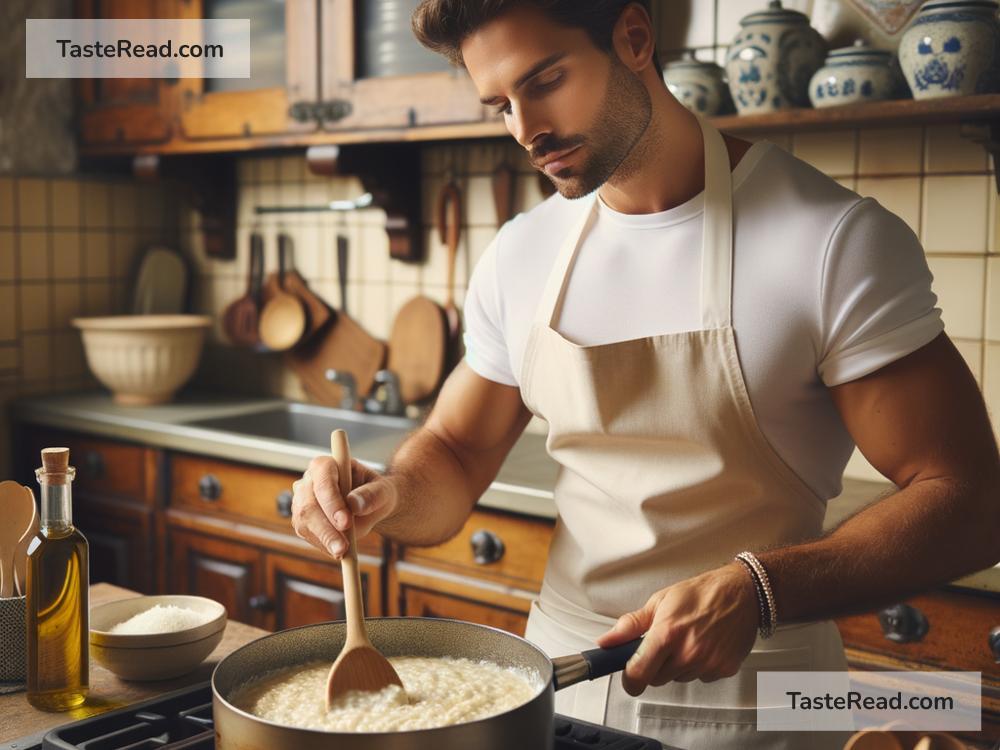Risotto: A Journey Through Italian History
In the heart of Italian cuisine lies a dish so beloved and integral to its food culture that it tells a story of history, tradition, and ingenuity. This dish is none other than risotto, a creamy, comforting, and versatile dish that has won the hearts of not only Italians but people all around the world. But have you ever paused to wonder where this delectable dish came from? Today, let’s explore the fascinating journey of risotto, tracing its origins back through the tapestry of Italian history.
The Beginnings: A Grain on the Horizon
Risotto’s story starts with the introduction of rice in Italy. It’s a tale that takes us back to the Middle Ages, around the 11th century. Rice was first brought to Sicily and then to the mainland by Arab traders. However, it wasn’t until the 14th and 15th centuries, in the regions of Lombardy and Piedmont, that rice cultivation began to thrive due to the perfect combination of wetlands and water from the Alps—ideal conditions for growing this water-loving crop.
The Birth of a Dish: Saffron Meets Rice
As rice cultivation spread, so did experimentation with this new ingredient among the Italian population. Yet, it was in Milan where the risotto we know and love today truly began to take shape. Milan has always been a crossroad of cultures and ideas, and in the 16th century, it was under Spanish rule. During this period, the Spanish introduced the slow-cooking method of making dishes, which is crucial to preparing risotto.
Legend has it that the addition of saffron, a key ingredient in the classic Risotto alla Milanese, was thanks to a young apprentice glassmaker who was fascinated with using pigments to color glass. In 1574, at his master’s wedding, he decided to add saffron to the rice dish being served to impart a beautiful golden hue, mimicking the colors he worked with. The result was surprising and delightful, creating a dish that captivated the palates and hearts of those who tried it.
The Rice Revolution: The Spread of Risotto
From then on, risotto began to spread across Italy, with each region adding its local flavors and ingredients, showcasing the incredible diversity of Italian cuisine. In the Veneto region, seafood risotto became popular, incorporating the fresh catch from the Venetian lagoon. In Piedmont, risotto is often prepared with rich meats and mushrooms, reflecting the hearty produce of the area. Regardless of the variations, the essence of risotto remains—a celebration of rice, slowly cooked to creamy perfection.
The Art of Making Risotto
The magic of risotto lies not just in its ingredients but in the method of preparation. The process starts with toasting the rice in a soffritto of onions and butter or olive oil before gradually adding warm broth, stirring continuously. This technique allows the rice to release its starch, creating the characteristic creamy texture of the dish. Patience and attentiveness are key, as the beauty of risotto is in its simplicity and the care put into its preparation.
A Living Tradition
Today, risotto holds a special place in Italian cuisine and continues to be a dish that brings people together. Its history is a testament to the way food evolves, incorporating influences from different cultures and adapting to local flavors and ingredients. Risotto is not merely a dish; it’s a culinary journey through Italy’s past, a proud emblem of its regional diversity, and a celebration of the country’s rich agricultural landscape.
Whether it’s a classic Risotto alla Milanese, bursting with the warmth of saffron, or a hearty risotto prepared with wild mushrooms and truffles, each variation tells a story of its origin. As we savor each spoonful of this creamy delight, we’re not just enjoying a meal; we’re partaking in a centuries-old tradition that connects us to the heart of Italy.
In conclusion, risotto’s journey from a simple rice dish to a cornerstone of Italian cuisine is a narrative of adaptation, innovation, and passion. It reflects the essence of Italian cooking, where simplicity meets elegance, and where every ingredient has a purpose. As we explore the origins of this beloved dish, we are reminded of the power of food to transcend time, uniting us through shared history and the universal language of taste. So the next time you sit down to a plate of risotto, remember—you’re tasting a piece of history, one delicious bite at a time.


